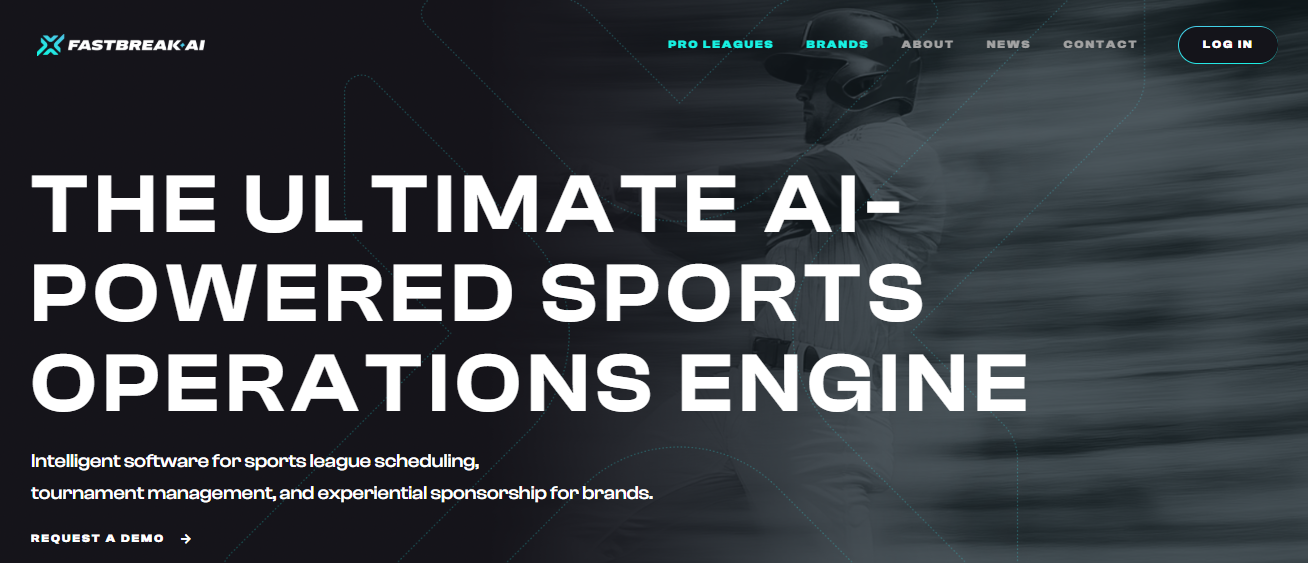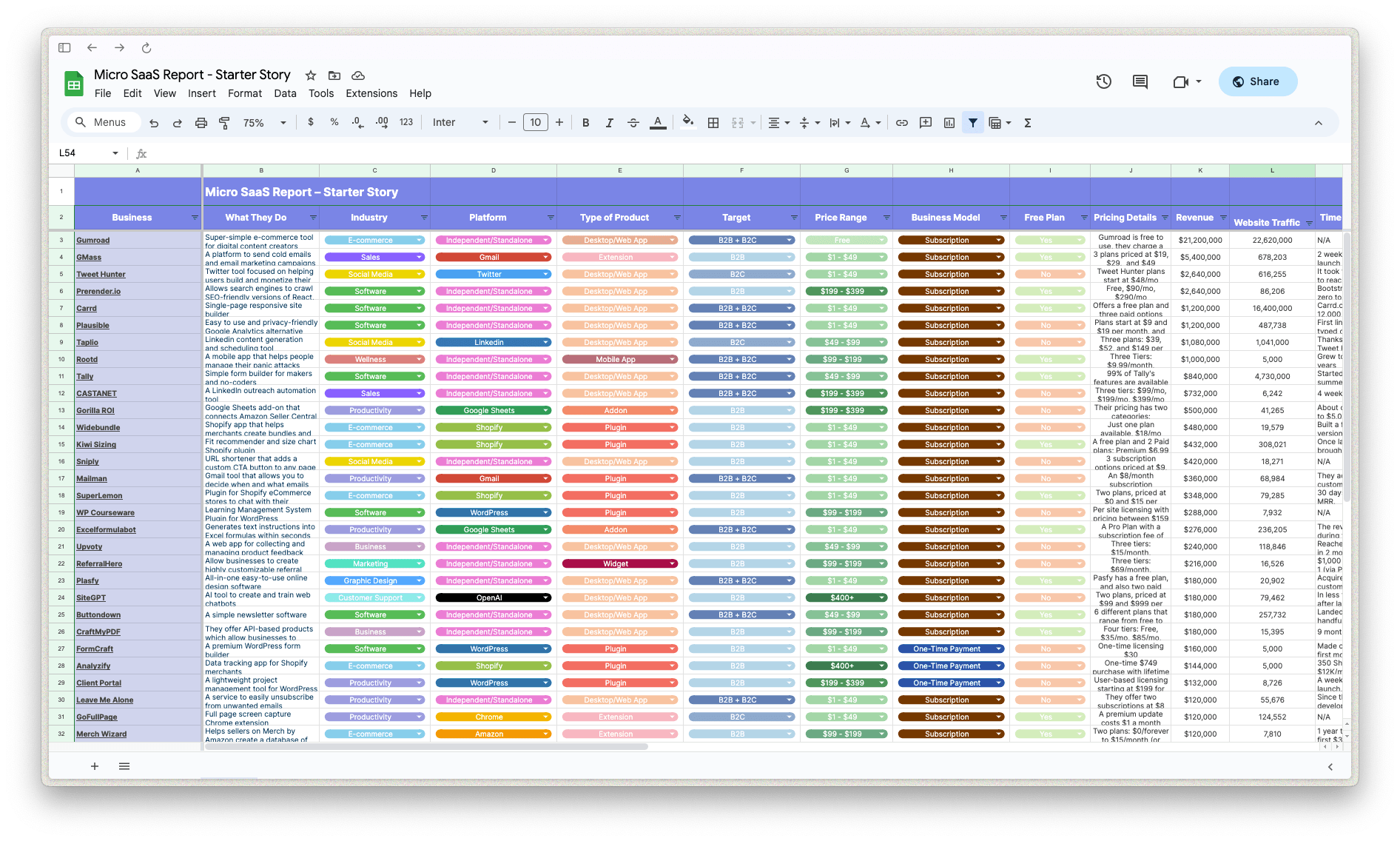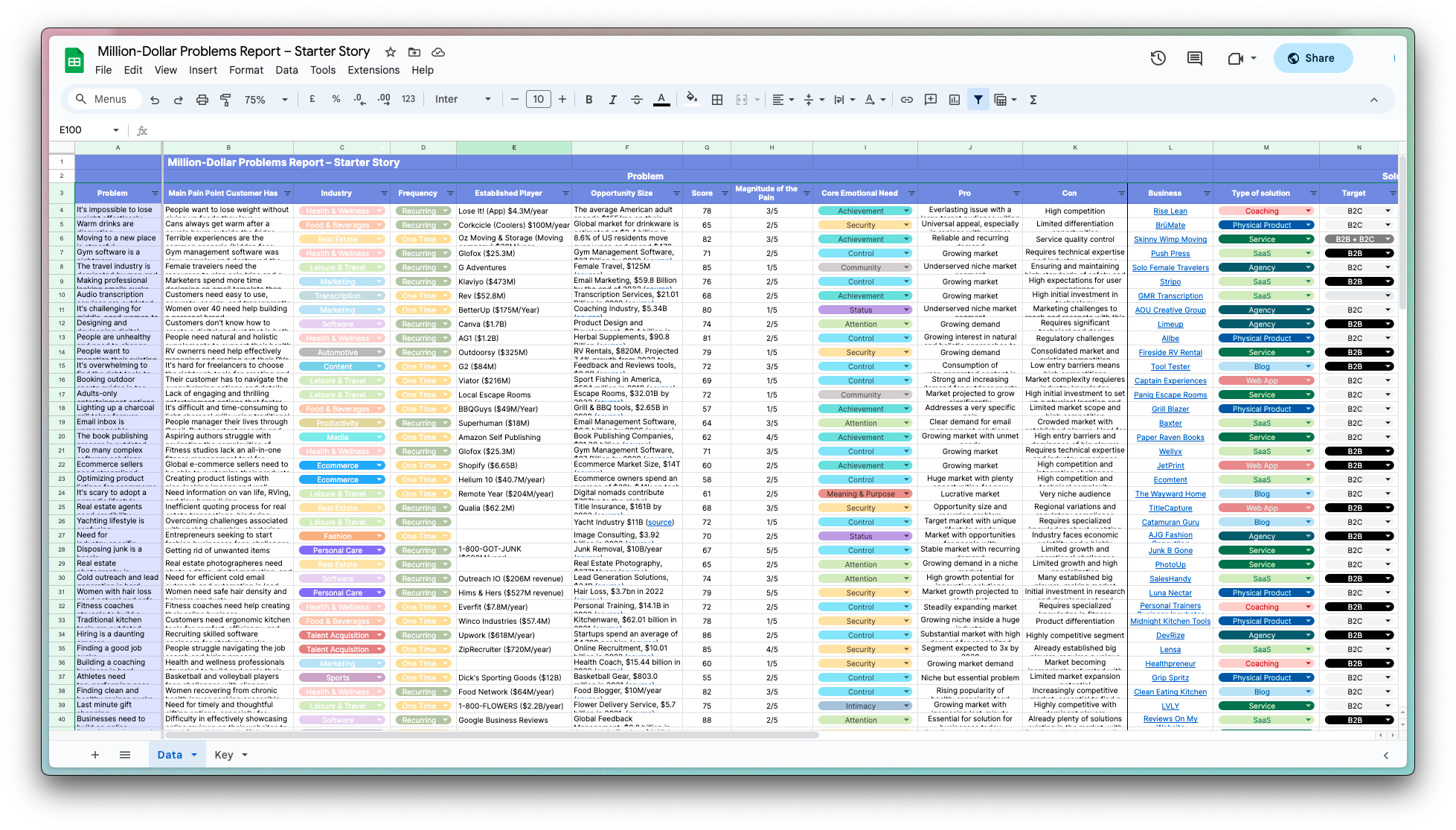
How Fastbreak AI Revolutionized Sports Scheduling for Major Leagues
Who is John Stewart?
John Stewart is a serial entrepreneur from Charlotte, North Carolina, with a background in mechanical engineering from Worcester Polytechnic Institute. Before co-founding Fastbreak AI, he founded an engineering services firm, successfully sold it, and later transitioned a Salesforce service company, Saber Business Solutions, into the SaaS company MapAnything, which he sold to Salesforce for $250 million.
What problem does Fastbreak AI solve?
Fastbreak AI simplifies the complex scheduling needs of sports leagues, allowing them to efficiently manage games and events so they can focus on playing and thriving.

Fastbreak AI Homepage
How did John come up with the idea for Fastbreak AI?
The idea for Fastbreak AI emerged from the founders' personal experiences and deep involvement in sports scheduling and mathematical optimization. John Stewart and his co-founders, Chris Groer and Tim Carnes, recognized that sports leagues, from professional to amateur levels, faced a complex and time-consuming problem: creating balanced and efficient schedules. Chris brought his firsthand understanding of sports scheduling, while Tim had a background in optimization methods. Together,...

Download the report and join our email newsletter packed with business ideas and money-making opportunities, backed by real-life case studies.

Download the report and join our email newsletter packed with business ideas and money-making opportunities, backed by real-life case studies.

Download the report and join our email newsletter packed with business ideas and money-making opportunities, backed by real-life case studies.

Download the report and join our email newsletter packed with business ideas and money-making opportunities, backed by real-life case studies.

Download the report and join our email newsletter packed with business ideas and money-making opportunities, backed by real-life case studies.

Download the report and join our email newsletter packed with business ideas and money-making opportunities, backed by real-life case studies.

Download the report and join our email newsletter packed with business ideas and money-making opportunities, backed by real-life case studies.

Download the report and join our email newsletter packed with business ideas and money-making opportunities, backed by real-life case studies.









